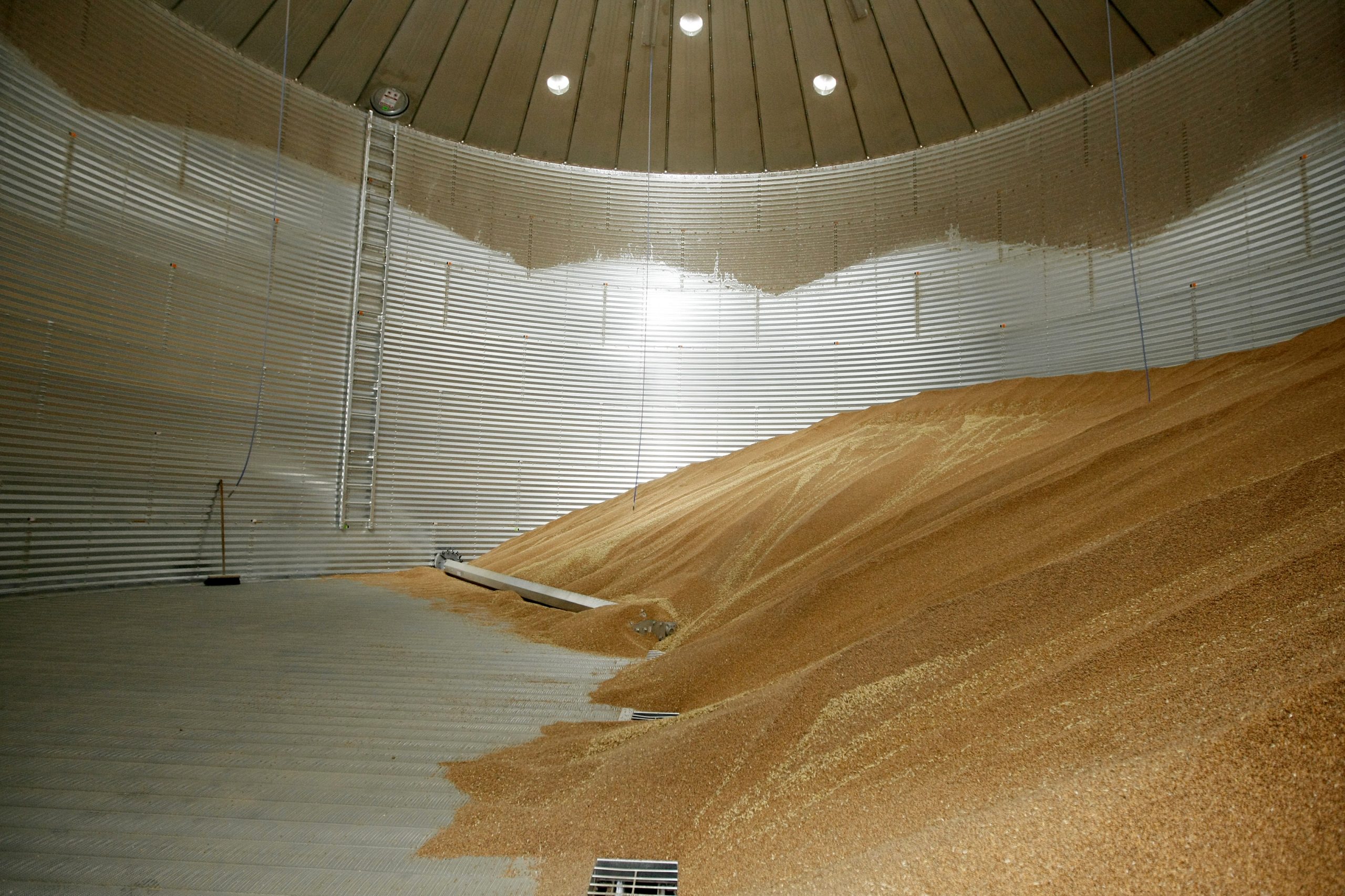Reducing grain spoilage with a sensor ball

The most influential factors in grain storage are moisture and temperature. High moisture content in grain, at certain temperatures, can promote the growth of fungi for example. But new technology can help.
The Silicon Valley start-up company TeleSense has developed a solution for continuously monitoring temperature, moisture, and poisonous gases in grain storage. This is done by using a ball-shaped sensor that can be thrown into a pile of grain or any storage facility. The sensor transmits data up-to 4 times a day about the temperature and humidity of a storage facility. The company then gives clients real-time information about their grain such as when there are hot spots, which can rapidly develop into fires. Machine learning algorithms will also give them recommendations about when to fumigate, how long to store, and also what the quality will be like in the future to help them decide when to sell.
Technology will disrupt how is grain stored
CEO Naeem Zafar explains to AgFunder: “Only 30% of the 475,000 grain storage locations worldwide have some instrumentation deployed to gather data, mostly measuring temperature with only a few measuring humidity. We want storage operators to have a clear view of the condition of all their stored grain, so potential issues can be detected and any negative business impact mitigated.” The technology will disrupt how is grain stored, how it’s transported, and ultimately how farmers and grain elevators market their grain to buyers, namely the ABCD commodity trading houses (ADM, Bunge, Cargill and Louis Dreyfus), according to Zafar.
Millions in funding
TeleSense has recently raised US$ 6.5 million in Series A funding from a range of strategic, industry investors as well as venture capital firms.
Source: AgFunder











